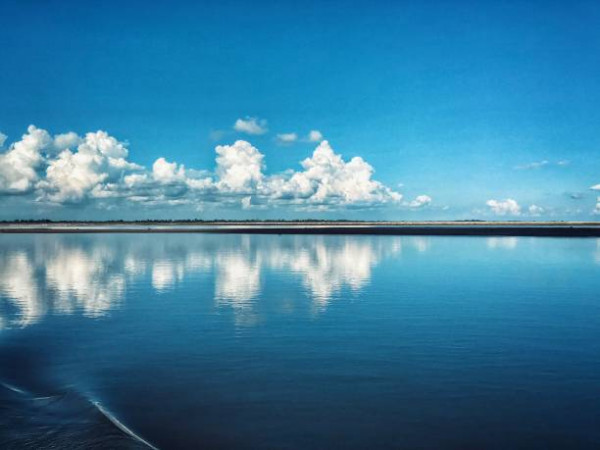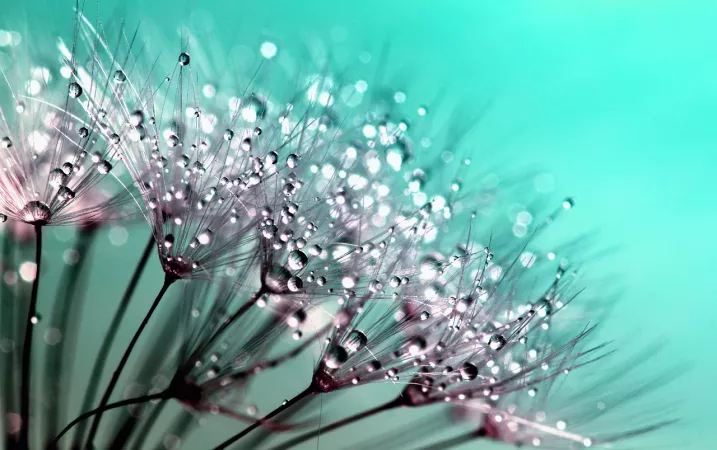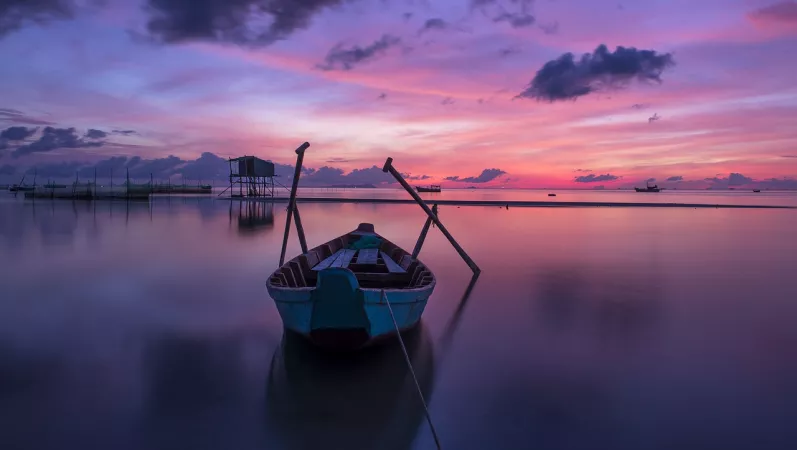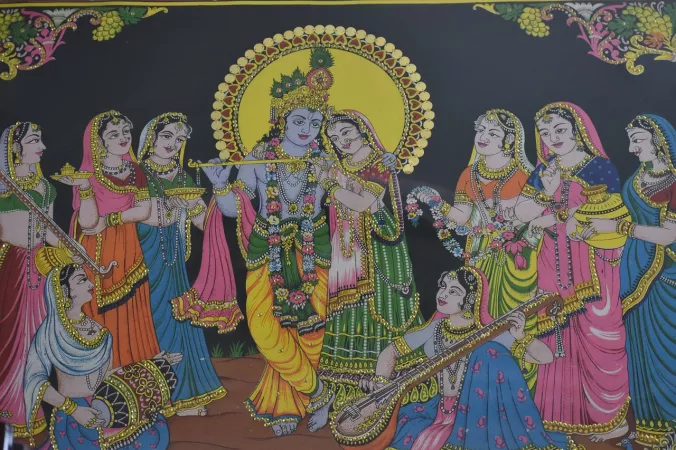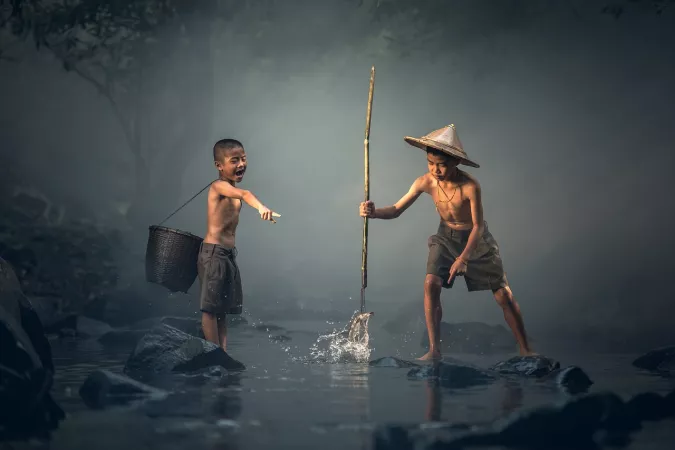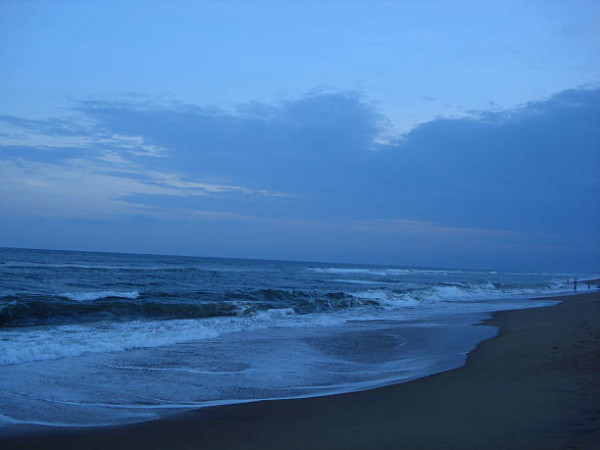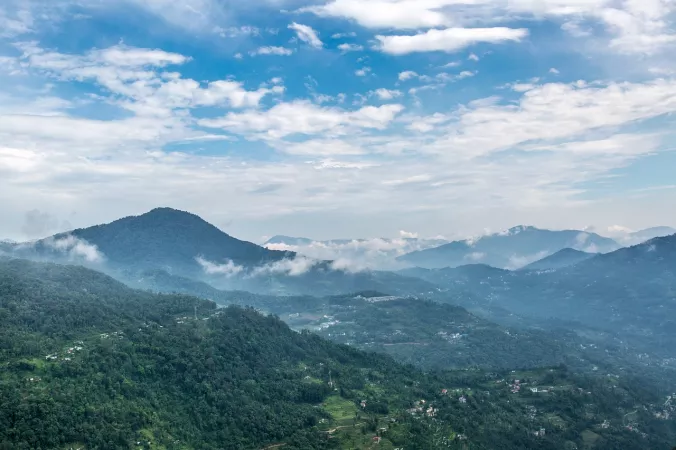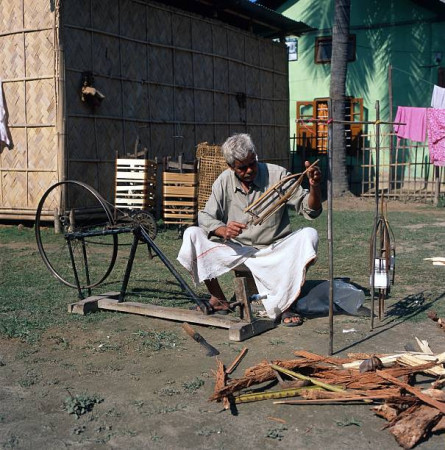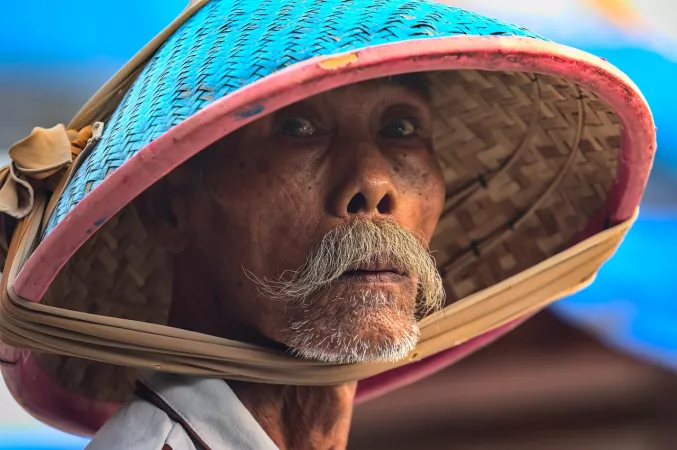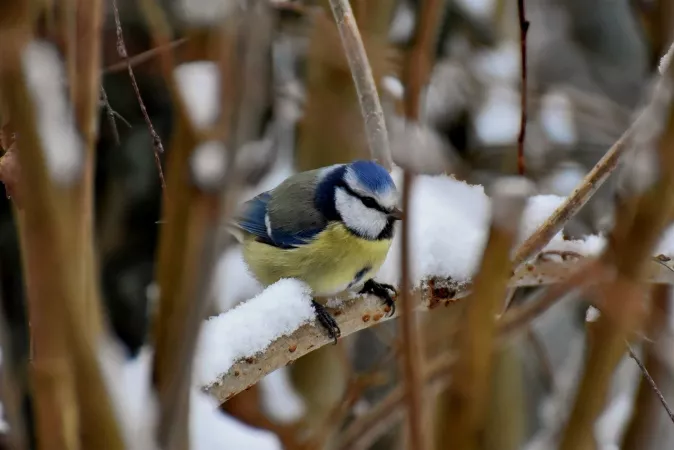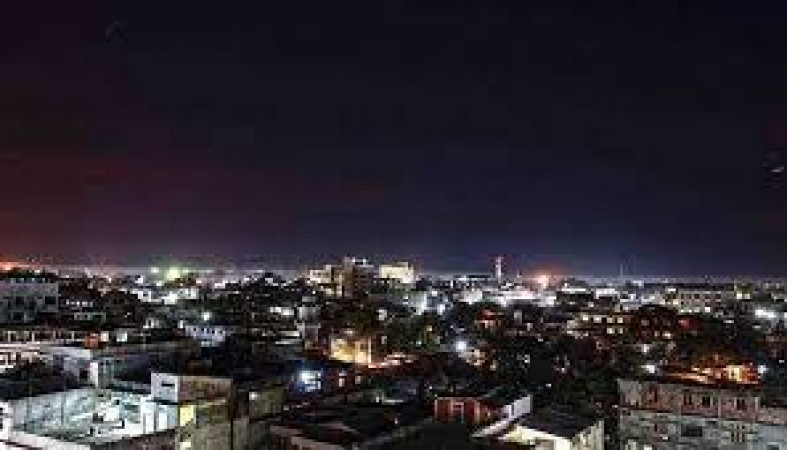Majuli Travel Guide
Majuli, located in the Brahmaputra River in Assam, India, is the world's largest river island and a cultural hotspot. This island is famous for its rich history, vibrant culture, and stunning natural beauty. Majuli is known for its **unique blend of Assamese culture**, traditional dance forms, and the famous Neo-Vaishnavite monasteries that dot the landscape.Top Attractions in Majuli
1. **Satras**: Visit the ancient monasteries to witness traditional dance performances and cultural practices. 2. **Bird Watching**: Explore the bird sanctuaries and witness a variety of migratory birds. 3. **Pottery Making**: Experience the local art of pottery making and interact with skilled artisans. 4. **River Cruises**: Enjoy a scenic cruise along the Brahmaputra River and soak in the mesmerizing views. 5. **Cycling Tours**: Explore the island on a bicycle and witness the serene beauty of Majuli.Majuli is Famous for
Its unique blend of Assamese culture and traditional dance forms.Top Attractions in Majuli
- **Satras**: Witness traditional dance performances and cultural practices. - **Bird Watching**: Explore bird sanctuaries and witness migratory birds. - **Pottery Making**: Experience the local art of pottery making. - **River Cruises**: Enjoy a scenic cruise along the Brahmaputra River. - **Cycling Tours**: Explore the island on a bicycle.What's Great about Travelling to Majuli?
- Experience an authentic blend of culture and tradition. - Ideal for nature lovers and spiritual seekers. - Perfect getaway for those seeking peace and tranquility.What's Not So Great about Travelling to Majuli?
- Limited luxury accommodations and amenities. - Connectivity challenges with limited internet and mobile network. - Not ideal for travelers seeking a bustling city experience.Travel Tips for Majuli
- **Visa Requirements**: Check visa regulations for international travelers. - **Transportation**: Limited public transportation, consider hiring a local guide. - **Safety**: Respect local customs and avoid disturbing wildlife.Important Majuli trip information
- Ideal Duration: 2-3 days to explore the island.
- Best Time to Visit: November to March for pleasant weather.
- Nearby Airports and Railway Stations: Nearest airport is Jorhat Airport, and the nearest railway station is Jorhat Town.
Top 5 Places to visit in Majuli
FAQ's on Majuli
Q1: What is the best time to visit Majuli?
The best time to visit Majuli is during the winter months from October to March when the weather is pleasant and ideal for exploring the island. This time also coincides with the Raas Leela festival, a major cultural event on the island. Monsoon season from June to September should be avoided due to heavy rainfall and potential flooding.
Q2: Do I need a visa to travel to Majuli?
Majuli is a part of India, so if you are a foreign tourist visiting Majuli, you would need a valid Indian visa. Make sure to check the specific visa requirements based on your nationality and plan accordingly. Travelers from neighboring countries or those eligible for e-visas may have different visa regulations.
Q3: What are the must-visit attractions in Majuli?
Majuli is known for its unique culture and beautiful scenery. Must-visit attractions include the Vaishnavite Satras (monasteries), such as Kamalabari Satra and Auniati Satra, where you can experience traditional dance and music performances. Explore the lush landscapes, visit Samaguri Satra for mask-making, and witness the vibrant Majuli Mela festival.
Q4: Is Majuli a safe place to travel?
Majuli is a relatively safe destination, but like any place, it's essential to take precautions. Avoid isolated areas at night, be cautious with your belongings, and follow local advice. The people of Majuli are friendly and welcoming, making it a generally safe place for travelers.
Q5: What is the local currency in Majuli and can I use credit cards?
The local currency in Majuli is the Indian Rupee (INR). While some places may accept credit cards, it's advisable to carry cash as well, especially when visiting local markets or smaller establishments. ATMs are available in some parts of Majuli, but it's recommended to carry enough cash for convenience.
Q6: What is the local cuisine like in Majuli?
The cuisine of Majuli reflects Assamese flavors with an emphasis on rice, fish, and various herbs and spices. Try traditional dishes like Masor Tenga (sour fish curry), Aloo Pitika (mashed potatoes with herbs), and Assam tea. Vegetarian options are also available. Be sure to explore the local markets for fresh produce and unique snacks like pithas (rice cakes) and apong (rice beer).
Q7: What transportation options are available in Majuli?
Transportation in Majuli mainly consists of ferries or boats to access the island. Once on the island, you can explore by renting bicycles or motorcycles, which are popular modes of transport. Public buses and auto-rickshaws are also available for getting around. Hiring a local guide or driver can be a convenient way to navigate the island's attractions.
Q8: Are there any cultural norms or etiquette I should be aware of when visiting Majuli?
When visiting Majuli, it's important to respect the local customs and traditions. While the island is known for its cultural richness, travelers should dress modestly, especially when visiting religious sites. Be respectful towards the Satras and monks, seek permission before taking photographs, and participate in local customs with an open mind. Greeting people with a 'Namaskar' is a common practice, and learning a few basic Assamese phrases can go a long way in connecting with the locals. Embrace the simplicity and warmth of Majuli's culture during your visit.
Q9: I am a travel agent. How can I buy travel leads of Majuli?
Register yourself as a travel agent at agents.tripclap.com and then you can buy travel leads to Majuli once your account is approved. For more details contact our support team at +91-8069186564 or support@tripclap.com
